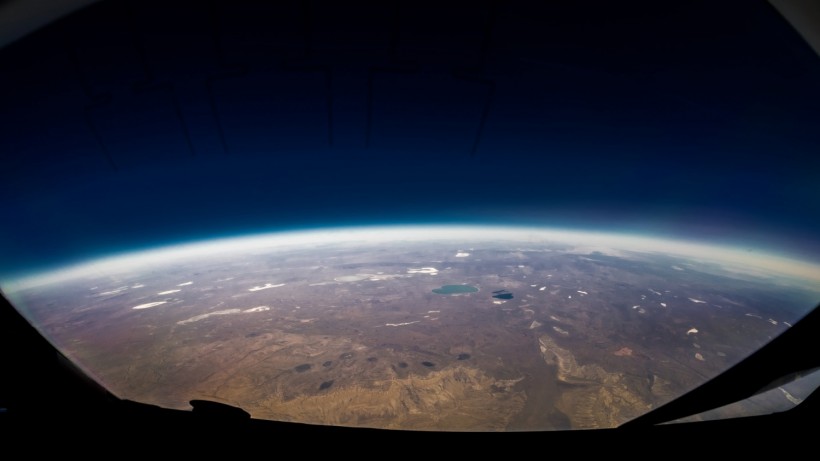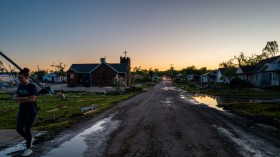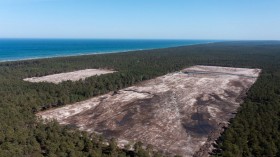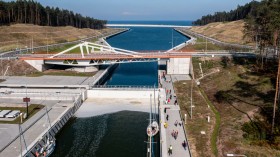The ozone layer forms an invisible protective shield over the planet by absorbing the damaging UV rays of the sun. It is mostly located in the stratosphere, which is an atmospheric layer lying between six to thirty miles above the surface of the earth. Needless to say, without this protection, life on earth would not have been possible.
Ozone facts
Ozone is a colourless gas, which is very active chemically as it reacts readily with lots of substances. Near the surface of the earth the gas created by chemical reactions between air pollutants and vehicle exhaust emissions.This high concentration can hurt plant life and damage lungs in humans.
The stratosphere holds 90% of the ozone in the atmosphere.The ozone level is maintained by the amount created by the sun and the chemical reactions that destroy it.The ozone in the stratosphere absorbs most of the ultraviolet radiation from the sun, thereby protecting life on earth.
Benefits of ultraviolet radiation
Natural sunlight can prevent or cure many symptoms of inflammatory skin conditions. The invisible part of sunlight, or ultraviolet light(UV) can be used to help with these bad ailments.
In UV phototherapy, carefully controlled light is produced by machines and shone on the body parts that require treatment. It can be performed at home using a phototherapy unit, or by visiting a dermatologist for treatment in a medical setting.
Ozone depletion
Atmospheric levels of ozone depend on various factors such as weather, temperature, latitude and longitude. However, the main causes of depletion were human made chemicals.
As a result of increase in human produced gases, known as chlorofluorocarbons, or CFCs, ozone destruction has increased manifold resulting in reduced levels of ozone in the stratosphere.
These reduced ozone levels have increased the harmful ultraviolet radiation reaching the earth's surface.This destruction of good ozone in the stratosphere is referred to as the "ozone hole" by scientists.
Bad ozone
While the ozone high up in the stratosphere provides a welcome shield to protect all life on earth, the ozone at ground level, or bad ozone, is harmful to plants, animals including humans.
In the stratosphere the natural concentration of ozone is about 10 parts per billion, but in cities, where the weather is warm and stable, these levels can go up as much as 70 parts per billion, due to uncontrolled industrial and vehicular pollution.This can lead to lung and throat infection or even aggravate emphysema and asthma in humans, if exposed to these rays for eight hours or more.
Current state of the ozone layer
The daily images provided by NASA show that the atmospheric levels of the ozone layer have been declining substantially since the past few decades.
As this decline in CFC emissions continues, it is expected that the ozone layer will get completely replenished by the middle of this century.The recovery process is long because the rate at which the CFCs are removed is very slow due to natural reasons.
© 2024 NatureWorldNews.com All rights reserved. Do not reproduce without permission.
* This is a contributed article and this content does not necessarily represent the views of natureworldnews.com






